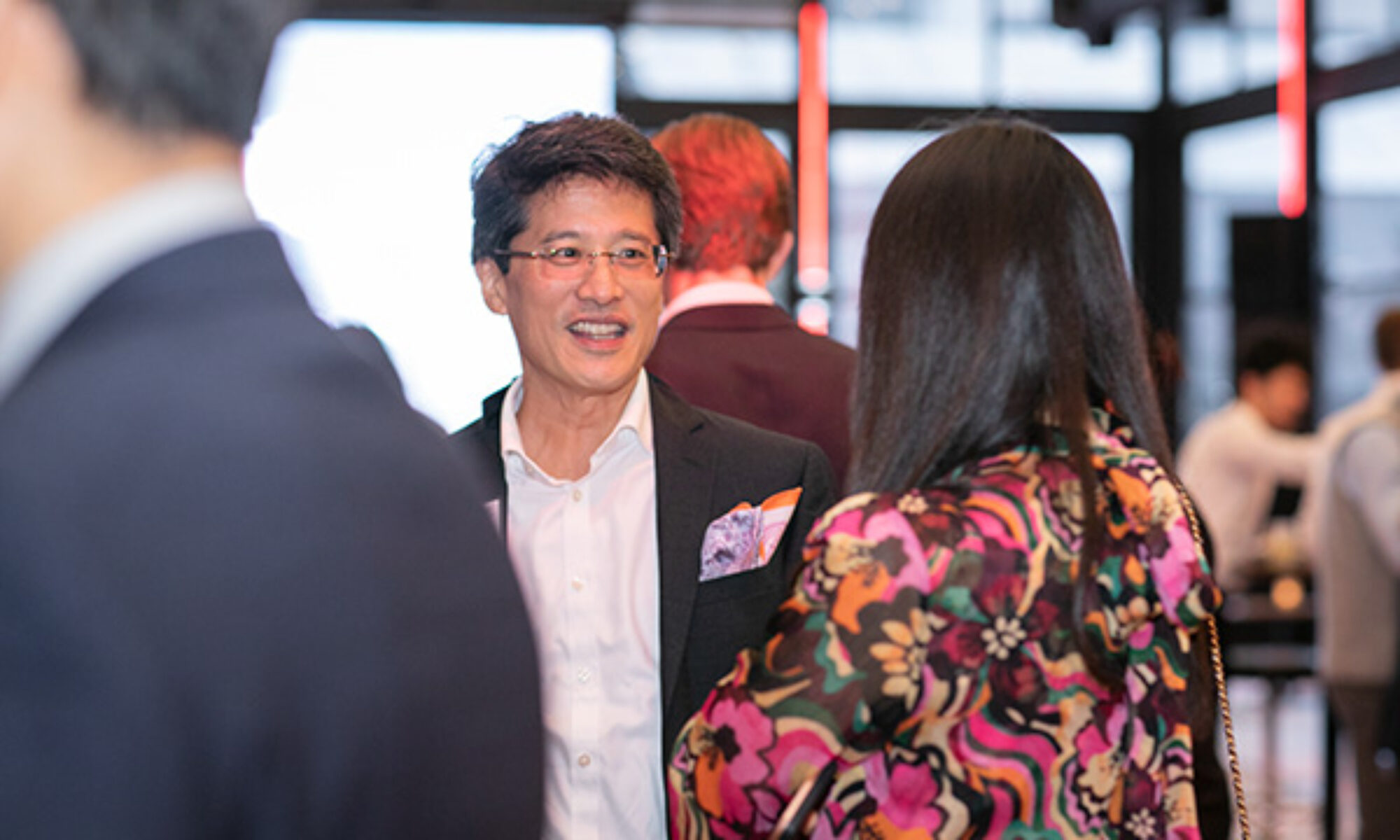Linda VandeVrede invited me to post on her blog regarding brand-related topics, and I did so by providing some perspectives on “personal branding”. “Personal branding” is not a widely understood term, so readers may find it interesting from a career and personal development perspective. In this post, I set the frame in the context of how companies look at a key aspect of brand management – in particular, brand associations. In my post, I take the position that personal branding is best built by making investments in three areas: 1) refining the meaning that defines where you want to be, 2) making conscious investments to improve yourself, and 3) ensuring that you use the prior investments to help and reach out to others. For more on the post, please visit Linda VandeVrede’s blog.
Update (5/26/2011): It has come to my attention that the links are no longer valid. As such, I’ve attached a copy of the blog post below:
Last week when I saw Linda’s post on “Don’t brand yourself into a corner”, it triggered some thoughts that personal branding is not a widely understood topic. To me, personal branding is not simply about surface “image” and “an eyeless game” (an anagram adapted from drummer and famed lyricist Neil Peart) – one’s personal brand affects how deeply other people understand, remember, emotionally connect with and engage a person.
So why is it important to be able to know how to stretch and influence your personal brand? In today’s ever-changing environment I find increasing numbers of people that either feel trapped or constrained on professional dimensions. For example, some people feel like they are doing the same thing on the job day-in and day-out. Others may find themselves unemployed and feel a need to reinvent themselves. Additionally, there are those that have taken a static view of personal branding. Yet one of the dangers of overspecializing and failing to evolve your personal brand it that it can lack resilience. If market or external conditions change enough, your personal brand, while differentiated, could gradually become irrelevant or crowded out by others.
This is not to suggest that personal branding should be all over the place. There should be an aspect of fortification. That said, just as managers for companies help to stretch and improve brand associations, the connections that people form in their minds about products and services (e.g. quality, positive attributes, emotional feelings, functional use areas, substance), people can seek to influence and stretch their personal brand associations.
Consider Apple’s iPod. While the original core identity had been around enabling users to create their own music environments on the go, the company invested in innovation (process and meanings), technology (assets), and marketing (outreach & feedback) to gradually stretch people’s mental associations with the iPod. Now the company has created associations like “There’s an app for that.” Memories gradually fade about the original, more constrained personalized music environment – it’s now much more about having what you need to make your mobile life more exciting and having solutions at your fingertips. The new incarnations of the iPod are dramatically new, yet the process to get there was connected to a strong foundation.
People can similarly make investments to stretch their brands over time. Here are some examples:
- Process and meaning investments – A person may start to think about himself as more than an engineering specialist by working towards problem-solving views and/or outward-facing activities. Individuals may try to get involved with consulting projects to develop end-to-end experience.
- Asset investment – A person may want to develop more skill and knowledge about how to develop teams and foster innovation. Some possibilities may be to attend training in either organizational behavior or design courses. As another option, a person may seek to provide probono consulting services to specific organizations on the side to gain experience in new sectors. Alternatively, others may get involved with projects outside their own organization but within the same company.
- Outreach and feedback investment – Find ways to gradually influence how you think about yourself and how others think about you. Consider giving lunch talks on specific subjects, creating tutorial presentations, starting a blog, teaching courses, and leveraging the networks within all of those areas. Learn to help others in the network, and your brand image will be influenced positively and perhaps stretched in significant ways.
This post has just scratched the surface on personal branding, but I like to think about it in terms of stretching and reinforcing brand associations, and then making investments in the three areas of process and meanings, assets, and outreach and feedback. For those interested in exploring more about personal branding, I would recommend Dan Schawbel’s Personal Branding Blog as a destination point on the web.
